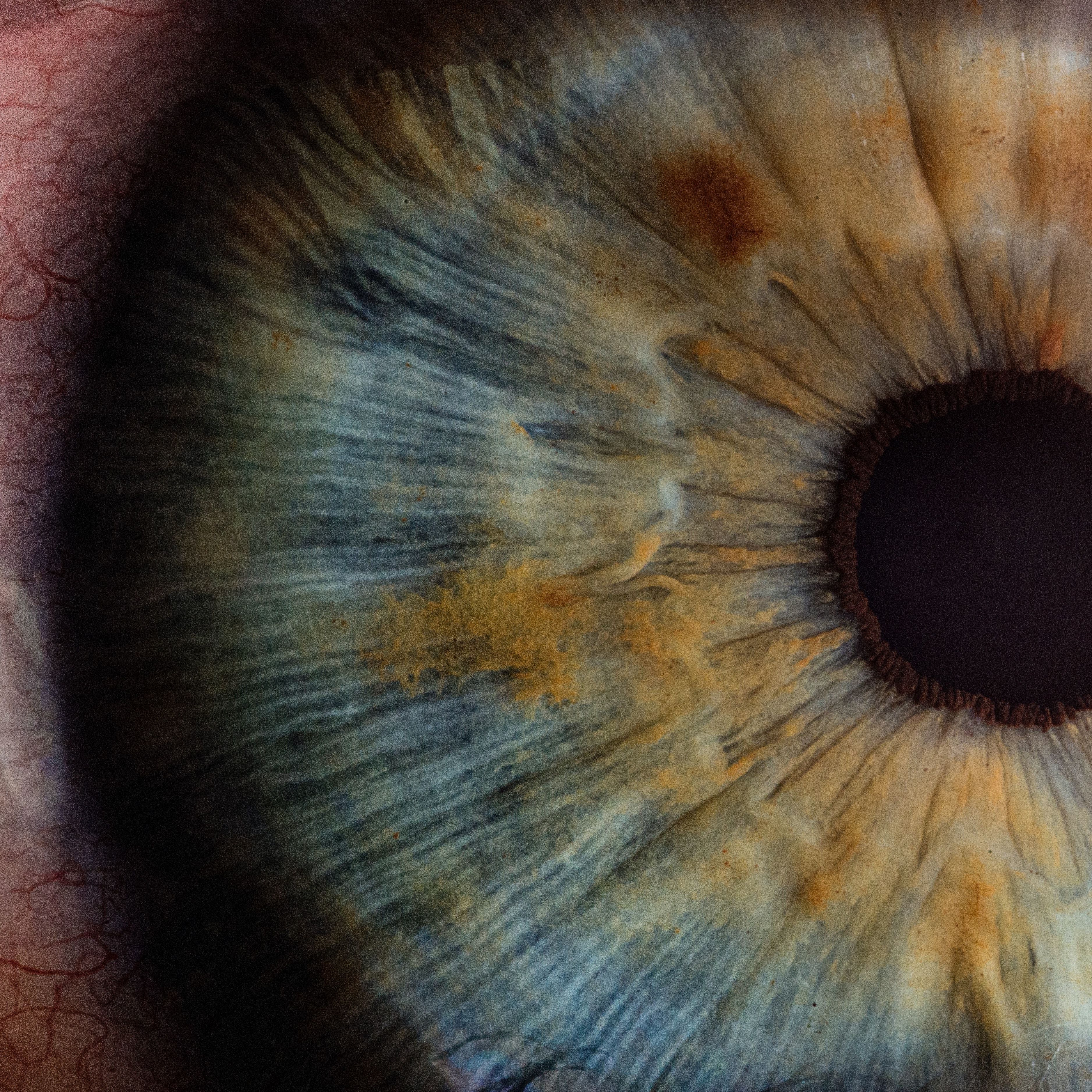Increased Risk of Dry, Wet AMD Observed Among Patients with Type 2 Diabetes
Compared with individuals with normal glycemic status, a recent analysis found AMD risk increased with higher glycemic status and longer duration of diabetes.
Credit: v2osk/Unsplash

Recent research links glycemic status with age-related macular degeneration (AMD), reporting a higher occurrence of both dry and wet AMD in patients with type 2 diabetes (T2D) compared with normal glycemic status.1
The analysis of claims data from Korean National Health Insurance Service showed the risk of AMD increased when the duration of T2D was 5 years or more, while the risk of wet AMD was significantly increased among those with new-onset T2D.
“Therefore, proper glucose management from the early stage of diabetes is recommended to prevent the development of AMD because the risk of wet AMD increases upon new diabetes diagnosis,” wrote the investigative team from Konkuk University School of Medicine. “In addition, AMD screening is also recommended for long-term diabetes patients.”
Due to different treatment strategies for dry and wet AMD, Jinyoung Shin and colleagues noted the importance of identifying the association between glycemic status and AMD incidence by subtype to better inform prevention and treatment strategies. The team conducted a retrospective, population-based cohort study of 2,103,604 adults aged ≥45 years who were AMD-free based on health examinations in 2009.
All identified patients were observed from January 2011 to December 2018 and divided into dry AMD, wet AMD, and non-AMD groups based on the presence or absence of choroidal neovascularization. In addition, the glycemic status of individuals was categorized into five groups based on diagnosis, medication for diabetes, and glucose levels after overnight fasting: normal glucose, impaired fasting glucose, new-onset diabetes (fasting glucose ≥126 mg/dl and no diabetes diagnosis), diabetes diagnosed <5 years, and diabetes diagnosed ≥ 5 years. Shin and colleagues estimated adjusted hazard ratios (aHRs) of AMD for each category.
During the observation period, 49,183 (2.34%) patients were newly diagnosed with AMD, while 36,271 (1.72%) and 12,912 (0.061%) patients were diagnosed with dry and wet AMD, respectively. Compared with the non-AMD group (n = 2,054,421), investigators found those in the AMD group were older, had higher fasting glucose levels and waist circumference, and had a higher prevalence of hypertension, diabetes, hyperlipidemia, and chronic kidney disease.
Upon analysis, the incidence of dry and wet AMD was found to increase with increasing glycemic status. Investigating the risk of dry AMD, data showed the HR was 1.192 among subjects with T2D <5 years and 1.294 among those with T2D ≥5 years, compared with subjects with normal glycemic status.
Shin and colleagues found the HR of wet AMD increased significantly among participants with new-onset diabetes and a longer duration of diabetes, noting as the duration increased, so did the HR of wet AMD. Data showed the HR was 1.103 among individuals with new-onset diabetes, 1.252 among those with diabetes <5 years, and 1.506 among those with diabetes ≥5 years.
The subgroup analysis revealed significant differences in the effects of age and hypertension diagnosis on the association between AMD and glycemic status. Data showed the HRs for both AMD types significantly increased among subjects <65 years old and among those without hypertension and with T2D.
“In general, older age and hypertension are known risk factors for AMD,” investigators wrote. “However, high glycemic status may pose a greater risk of AMD development among patients aged <65 years or without a diagnosis of hypertension than among patients aged ≥65 years or with hypertension.”
References
- Lee H, Han KD, Shin J. Association between glycemic status and age-related macular degeneration: A nationwide population-based cohort study [published online ahead of print, 2023 Mar 16]. Diabetes Metab. 2023;49(3):101442. doi:10.1016/j.diabet.2023.101442